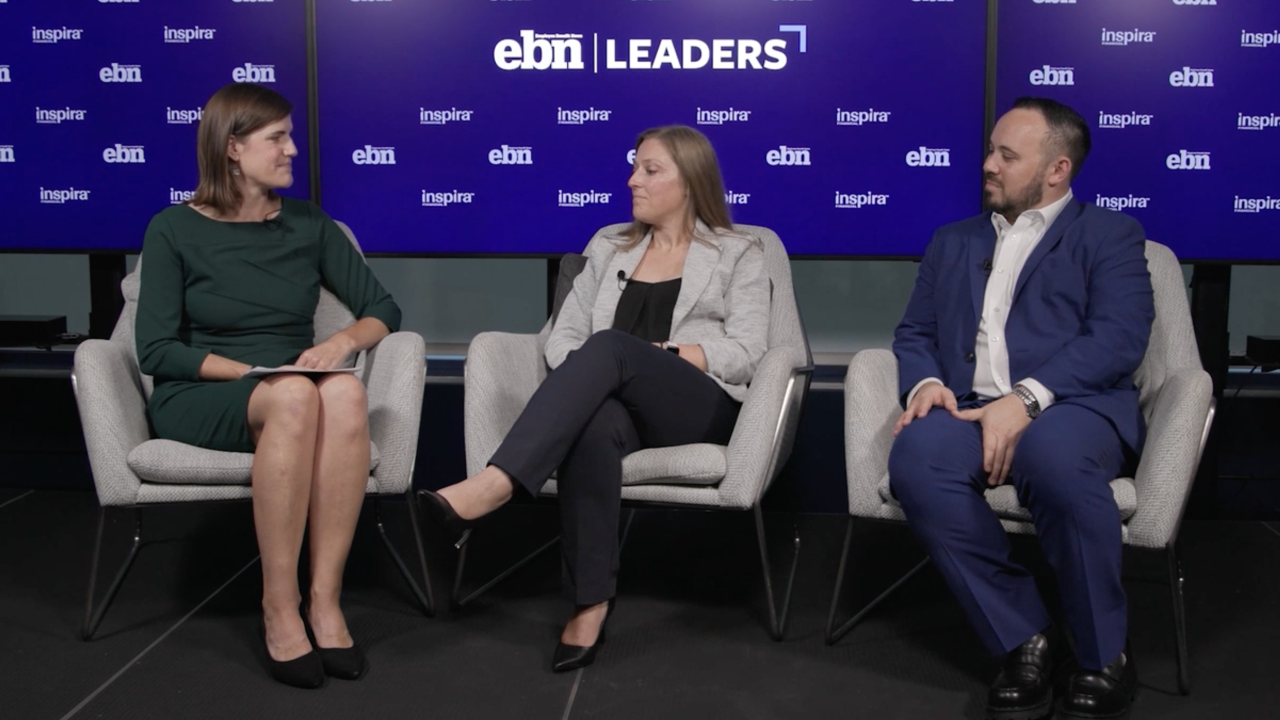As we enter the third year of the pandemic, most operations have gotten so accustomed to remote and
A recent survey from Workhuman, a
“Everybody says that they can do their work from home, but the reality is, those people have the lowest psychological safety and have historical levels of isolation and mental illness in the workplace,” says Chris French, EVP of customer strategy at Workhuman. “At the same time, workers are demanding workplace flexibility — and they have a right to, as it’s a job seeker’s market right now. But it’s making it challenging to tie workers to the culture of an organization.”
Read more:
Addressing those feelings of isolation while maintaining flexibility for workers is a key challenge that employers will need to solve to remain competitive and attractive to job seekers, French says. He outlined three key ways businesses will need to adjust their business and culture strategies to meet employees’ post-COVID expectations.






